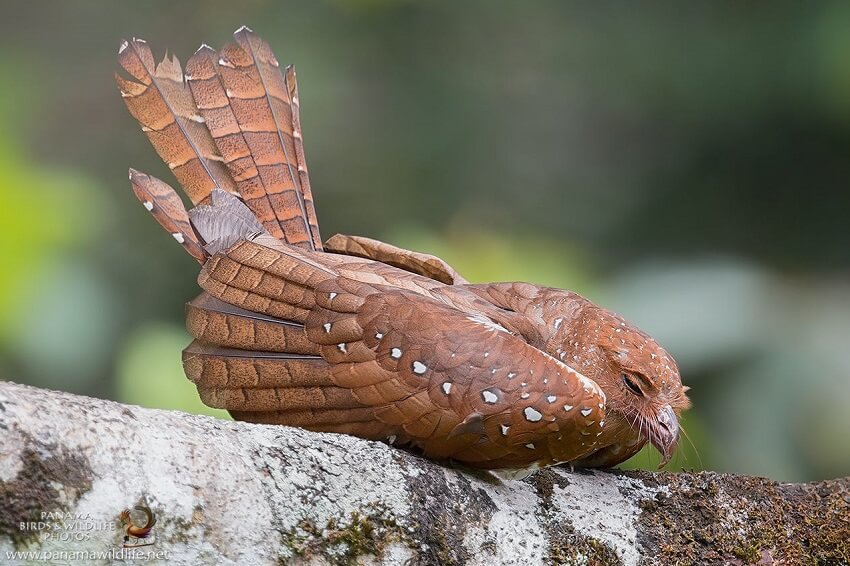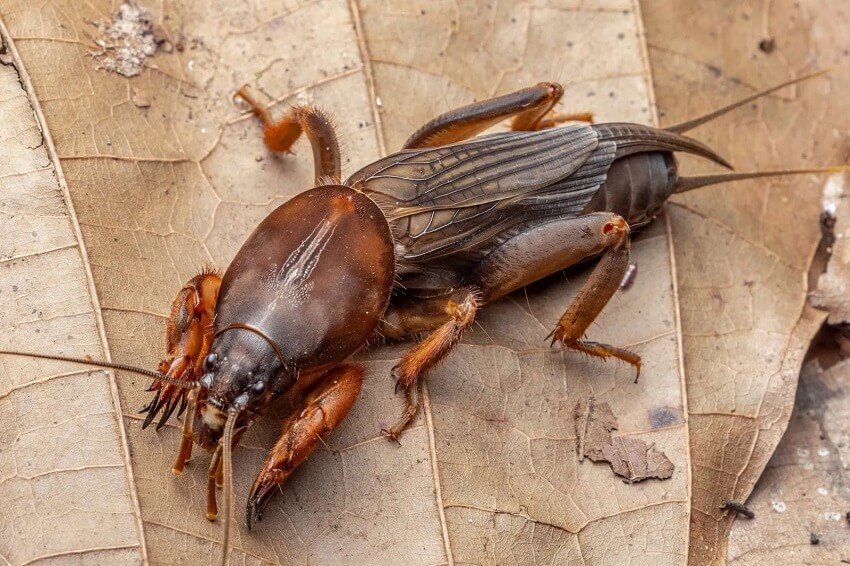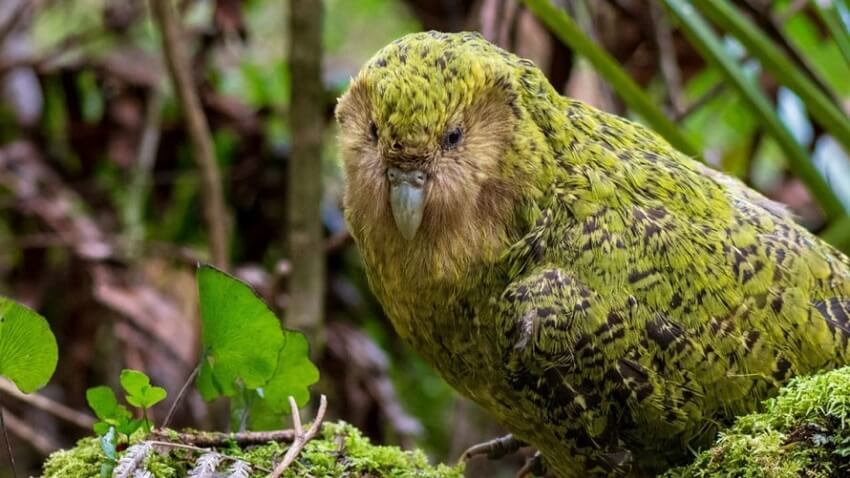In the natural world, some animals produce sounds that exceed the human hearing threshold. Fortunately, most of us only know this thanks to scientists. However, in this article from KnowAllAnimals, let’s explore “What Is the Loudest Animal on Earth“!
1. What Is the Loudest Animal on Earth? Surprising Facts Revealed
Typically, the sound frequency that humans can hear is around 20-20,000 Hz. The hearing range of the human ear is 0-25 decibels (dB), with -10 dB being the lightest sound we can hear. A normal human scream is about 70 dB, and sounds from 120 dB and above are beyond the threshold, causing pain to our ears. Now, let’s explore the loudest animals in the world:
1.1. Blue Whale
- Kingdom: Animalia
- Phylum: Chordata
- Class: Mammalia
- Order: Artiodactyla
- Suborder: Whippomorpha
- Infraorder: Cetacea
- Parvorder: Mysticeti
- Family: Balaenopteridae
- Genus: Balaenoptera
- Species: B. musculus
The blue whale is the loudest animal of all known species, with a volume of up to 118 decibels. Blue whales don’t sing complex “songs” like humpback whales, but their low-frequency calls—below the human hearing threshold—can be detected from more than 805 kilometers away. Calculations from the 1970s by two scientists, Roger Payne and Douglas Webb, predicted that the blue whale’s song could travel across entire oceans.
The blue whale sings louder than a jet engine (which has a volume of 140 decibels). The loudest human scream only reaches over 70 decibels, while the sound threshold that causes pain to our ears is 120-130 decibels. A few years ago, researchers noticed that whales were reducing the frequency of their songs.

1.2. Howler Monkey
- Kingdom: Animalia
- Phylum: Chordata
- Class: Mammalia
- Order: Primates
- Suborder: Haplorhini
- Infraorder: Simiiformes
- Family: Atelidae
- Subfamily: Alouattinae Trouessart, 1897 (1825)
- Genus: Alouatta Lacépède, 1799
The howler monkey is the loudest land animal. Large populations of this species live in the rainforests of South America. Some say their screams are actually more like roars and can be heard from 4.8 kilometers away. The volume of a howler monkey’s scream, measured from 5 meters away, reaches up to 88 decibels, which is close to the sound of a subway train running on its tracks (95 decibels). The howler monkey is second only to the blue whale in the volume of sound it produces.
Research has shown that the howler monkey “screams” using the U-shaped hyoid bone in its throat. This bone is not actually attached to any other bones, so it appears to just hang there. That enlarged bone forms a throat pouch that helps to resonate the scream before it bursts out from the animal’s mouth.
Howler monkeys scream for various reasons: to announce their location, to defend their territory, and to protect their companions, but humans still don’t know their “vocabulary.”
1.3. Oilbird
- Kingdom: Animalia
- Phylum: Chordata
- Class: Aves
- Clade: Strisores
- Clade: Vanescaves
- Order: Steatornithiformes
- Family: Steatornithidae
- Genus: Steatornis Humboldt, 1814
- Species: S. caripensis
When oilbirds return to their cave nests to sleep, the noisy flock of these birds can be deafening. Oilbirds use echolocation to find their way in the completely dark caves. However, unlike the calls of bats, the oilbird’s squawking is within the human hearing range. Each bird can produce a squawk sound of up to 100 decibels when measured at close range, and a flock of thousands of these birds can create a terrifying sound level.
Oilbirds seem to use echolocation only when inside their cave homes and not during their nightly food searches. This might be because their sensitivity is not very high. A scientific experiment showed that oilbirds flew straight into plastic disks that were 10 centimeters wide, but they were able to avoid disks that were 20 centimeters wide and larger.

1.4. Coqui Frog
- Kingdom: Animalia
- Phylum: Chordata
- Class: Amphibia
- Order: Anura
- Family: Eleutherodactylidae
- Genus: Eleutherodactylus
- Species: E. coqui
Only the males of the common coqui frog “sing,” and their calls have been recorded at up to 100 decibels (measured from 1 meter away), making them the loudest known amphibian. The calls of this nocturnal frog have two meanings: to announce territory to other males and to attract females.
In their native habitat of Puerto Rico, coqui frogs are considered part of the island’s natural heritage. In Hawaii, however, residents often lose sleep at night because of the noise caused by large gatherings of these frogs, which is comparable to a lawnmower running all night, according to the Hawaii Department of Agriculture.
1.5. Pistol Shrimp
- Kingdom: Animalia
- Phylum: Arthropoda
- Class: Malacostraca
- Order: Decapoda
- Suborder: Pleocyemata
- Infraorder: Caridea
- Superfamily: Alpheoidea
- Family: Alpheidae Rafinesque, 1815
The pistol shrimp doesn’t sing, chirp, scream, or whistle; it simply creates the single loudest bang ever produced by a living organism. The noise from the pistol shrimp is loud enough to “hide” submarines from sonar detection systems.
The pistol shrimp stuns its prey by snapping its specialized claw shut extremely quickly to shoot out a jet of water at 100 km/h, creating a low-pressure air bubble in its wake. When the air bubble bursts, it creates a mini-explosion with a volume of 200 decibels. This stuns and kills its prey.
1.6. Mole Cricket (Gryllotalpa vinae)
- Kingdom: Animalia
- Phylum: Arthropoda
- Class: Insecta
- Order: Orthoptera
- Suborder: Ensifera
- Family: Gryllotalpidae
- Genus: Gryllotalpa
- Species: G. gryllotalpa
The mole cricket is the loudest insect. This cricket uses its specialized forelegs to dig horn-shaped burrows. Standing inside the burrow it has dug, the cricket can chirp loudly enough for a person to hear it from 600 meters away.
A microphone placed 1 meter from the entrance of the cricket’s burrow recorded a sound volume of up to 92 decibels, which is louder than a lawnmower. In reality, the G. vinae “cheats” by using the dug burrow to amplify the sound that escapes from its body, converting 30% of its energy into amplified sound.

1.7. Water Boatman (Micronecta scholtzi)
- Kingdom: Animalia
- Phylum: Arthropoda
- Class: Insecta
- Order: Hemiptera
- Suborder: Heteroptera
- Family: Micronectidae
- Genus: Micronecta
- Species: M. scholtzi
Although not the absolute loudest animal on Earth in terms of pure decibels, the water boatman (Micronecta scholtzi) actually creates the loudest sound relative to its body size, according to a scientific publication in PloS ONE earlier this month.
Experts and evolutionary biologists in Scotland and France recorded the “song” of this rice-grain-sized water bug at an intensity of up to 105 decibels, which is equivalent to the sound of a sledgehammer being hit from an arm’s length away. Although the sound reverberating from the bottom of the pond decreases significantly by the time it reaches the surface, the water bug’s “song” is still loud enough for a person standing on the bank of the pond to hear.
Notably, the water boatman makes noise by rubbing its “genitals” against its abdomen, a process similar to how crickets “sing.” Making noise with external genitalia is relatively rare in the animal kingdom; however, animals have evolved hundreds of different ways to amplify their “songs.”
1.8. Bulldog Bat
- Kingdom: Animalia
- Phylum: Chordata
- Class: Mammalia
- Order: Chiroptera
- Suborder: Yangochiroptera
- Superfamily: Noctilionoidea
- Family: Noctilionidae Gray, 1821
- Genus: Noctilio Linnaeus, 1766
The greater bulldog bat, native to the Caribbean, uses echolocation to find food, just like all bats in general. However, instead of eating common insects, this bat eats fish. It is capable of emitting sounds that can travel through both air and water, and these sounds can reach up to 140 decibels. These extremely loud sounds are ultrasonic, which means they are outside the human hearing range.
1.9. Kakapo
- Kingdom: Animalia
- Phylum: Chordata
- Class: Aves
- Order: Psittaciformes
- Superfamily: Strigopoidea
- Family: Strigopidae Bonaparte, 1849
- Genus: Strigops G.R. Gray, 1845
- Species: S. habroptilus
The kakapo, also known as the owl parrot, is the loudest bird. The mating call of this New Zealand native can be as loud as 132 decibels. The nocturnal kakapo is the world’s heaviest parrot, weighing up to 4.85 pounds (2.2 kg) for males. It is also the longest-living known bird species, with some individuals living up to 90 years.

1.10. White Bellbird (Procnias albus)
- Kingdom: Animalia
- Phylum: Chordata
- Class: Aves
- Order: Passeriformes
- Family: Cotingidae
- Genus: Procnias
- Species: P. albus
To court a mate, this bird, which lives in the Amazon rainforest, lets out a scream that can reach an astonishing 125.4 dB. This sound is louder than a chainsaw, pile driver, or a rock concert and is dangerous to human ears.
1.11. Cicada
- Kingdom: Animalia
- Phylum: Arthropoda
- Class: Insecta
- Order: Hemiptera
- Suborder: Auchenorrhyncha
- Superfamily: Cicadoidea
- Family: Cicadidae Batsch, 1789[1]
Cicadas are known for being noisy insects because they produce shrill sounds all summer long. The two main types, green and yellow cicadas, produce the loudest sounds. The males of both species create sounds of up to 120 decibels from their abdomen to attract female cicadas and mate.
1.12. African Elephant
- Kingdom: Animalia
- Phylum: Chordata
- Class: Mammalia
- Order: Proboscidea
- Family: Elephantidae
- Tribe: Loxodontini
- Genus: Loxodonta Anonymous, 1827
The roar of the African elephant can travel very far across the savanna. Their communication includes infrasound, going down to 14 hertz, which is outside the human hearing range. Their intense, trumpet-like roars can also reach a volume of up to 117 decibels, allowing them to communicate with one another over long distances.
1.13. Lion
- Kingdom: Animalia
- Phylum: Chordata
- Class: Mammalia
- Order: Carnivora
- Suborder: Feliformia
- Infraorder: Aeluroidea
- Family: Felidae
- Subfamily: Pantherinae
- Genus: Panthera
- Species: P. leo
On the vast plains of Africa, the lion is also on the list of the loudest animals on Earth. A lion’s roar can reach up to 114 decibels. This sound can be heard from more than 8 km away across the savanna.
Lions use their powerful roars to communicate, keep the pride together, or warn other lions to stay away.

2. FAQs
1. What is the loudest animal in the ocean?
The blue whale is the loudest animal in the ocean, emitting sounds up to 118 decibels at very low frequencies, which can travel hundreds of kilometers underwater.
2. What is the loudest land animal and what’s its volume?
The howler monkey is the loudest land animal, with screams reaching up to 88 decibels from just 5 meters away, and they can be heard from about 4.8 km.
3. What animal makes a lot of noise even when it’s resting?
When oilbirds return to their nests at night, they produce squawking sounds up to 100 decibels, and an entire flock can create a deafening volume that is painful to human ears.
4. Which amphibian holds the title of “noise king”?
The coquí frog is the loudest amphibian, with its calls recorded at up to 100 decibels from a distance of just 1 meter.
5. Is there an animal that creates an explosion without using its mouth or body to vocalize?
The pistol shrimp creates a powerful bang of up to 200 decibels by snapping its special claw extremely fast, which creates and implodes a cavitation bubble, causing the loudest mini-explosion ever recorded in the animal kingdom.
3. Conclusion
The animal kingdom is truly wondrous, with creatures capable of producing sounds far beyond the human hearing range. From the giant blue whale in the ocean to the tiny shrimp that “explodes” in the water, they all demonstrate the strange diversity and subtlety of nature. Learning about the loudest animals on Earth not only provides fascinating knowledge but also makes us appreciate and want to protect this vast wilderness even more.
We hope that this information from KnowAllAnimals has helped you find a precise and detailed answer to the question, “What Is the Loudest Animal on Earth?” Thank you for reading our article.



